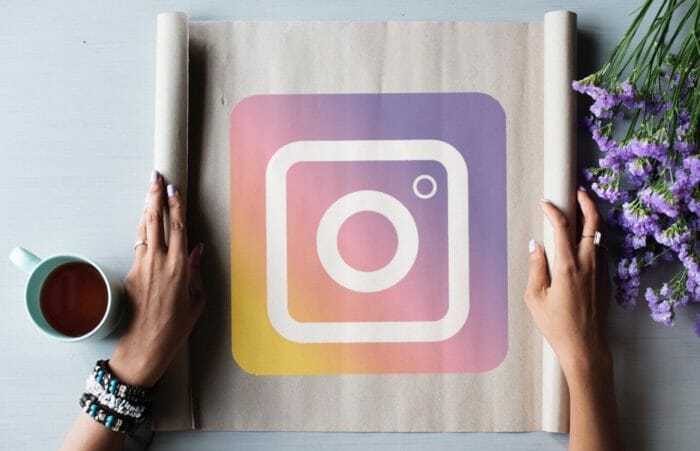Not all people who plug products on Instagram have big follower numbers. (Wikimedia Commons)
You can’t open your Instagram feed without seeing those #ads popping up across your screen. Instantly, recognizable influencers hold up shampoos, hair gummies and various drinks against luxurious backdrops, plugging products in return for commissions.
It is widely known that “influencing” is big business and full of big bucks, both for the companies involved and those advertising them. What was few years ago no more than a fun habit has turned into a full time job for those who become popular.
Chiara Ferragni is one of the most well-known influencers in the fashion world. She started her blog, The Blonde Salad, as a pastime and hobby, but it soon grew so popular she quit her job of practicing law to become a full time influencer. Working with exclusive brands such as Guess and Chanel, she commands at least $12,000 per post, which is a conservative number when looking at her 15.4 million followers.
Of course, the majority of us don’t have 15.4 million followers and brands begging us for posts. We’re doing good to hit one or two thousand. But now, as the influencing business grows, so does the need for influencers, and companies are beginning to reach out to people with as few as 1,000 to 5,000 followers wanting sponsored posts.
These people are called nanoinfluencers.
Nanoinfluencers are your ordinary people with unusually aesthetic feeds, a normal pretty page that a company happens to have spotted and thinks its brand would fit into easily. Instead of commissions, nanoinfluencers are paid in free products and the hope that by being attached to brands they can grow a bigger social media presence.
There is a limited number of people on Instagram who have that coveted blue checkmark by their names. As a result, companies have to turn to people with fewer follow numbers, and while there doesn’t seem like this would be of much benefit to the companies, building up a chain of loyal nanoinfluencers can give a big boost in sales and awareness, especially for companies who would never be able to snag an endorsement deal with, say, Kylie Jenner.
Companies are also not blind to some of the benefits working with nanoinfluencers have-as opposed to working with bona fide influencers. An ad post from someone with millions of followers is an ad, and can be seen as the influencer and company intending to manipulate fans into purchasing products unnecessarily. By having someone with fewer followers praise a product or company, the post seems more as genuine advice than a cash grab.
Next time you see a perfectly curated photo of someone you don’t recognize holding up a shampoo on instagram, click on it. See how many followers that person actually has. I’d be willing to bet its a much smaller number than you would think.








